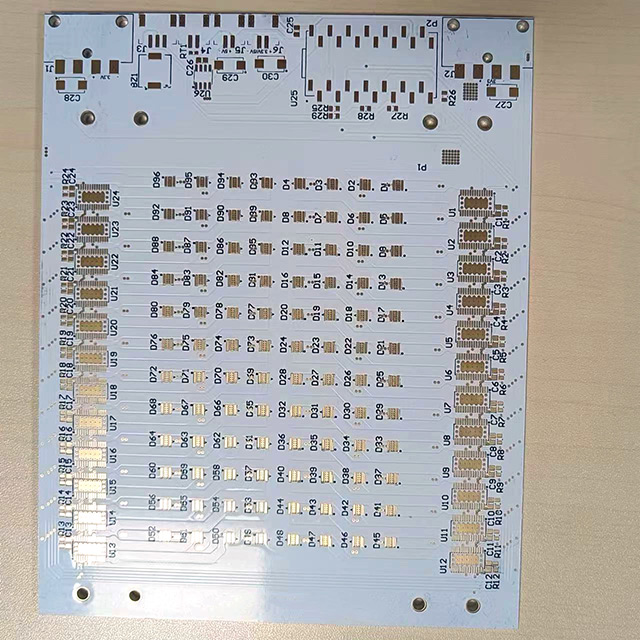What allowance for diversity, if any, would you apply to caravan hookup sockets?
The circuit will have just one hookup point, with two 16A sockets. It's a fair distance from the CU, so voltage drop is going to be significant. It would be good to keep the cable CSA down if feasible.
The circuit will have just one hookup point, with two 16A sockets. It's a fair distance from the CU, so voltage drop is going to be significant. It would be good to keep the cable CSA down if feasible.












